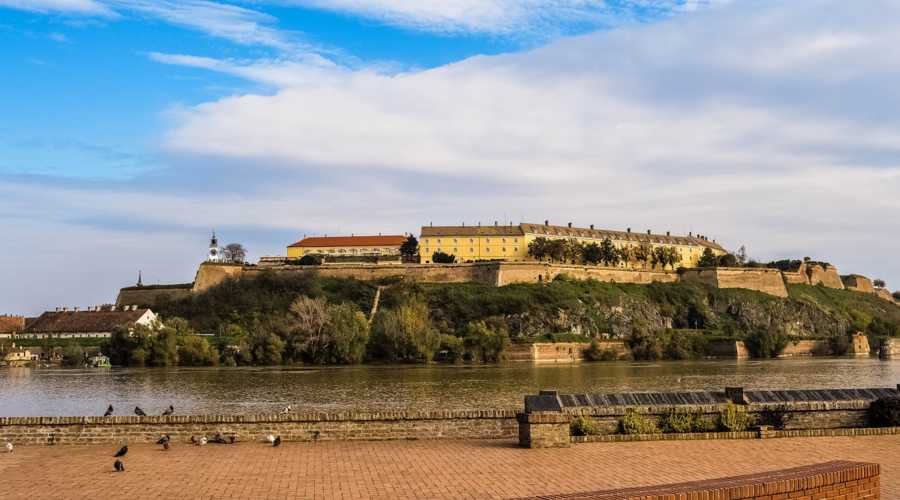
The mighty Petrovaradin Fortress
Petrovaradin Fortress - powerful and invincible
On a rocky cliff at the base of Fruska Gora mount, at the site of today's fortress from ancient times there were military forts, and the latest archaeological studies show that the history of this locality originates more than 20 thousand years ago.
Celts lived in this place between 3rd and 4th century BC. In Roman times, in the 1st century AD, between Petrovaradin and town today called Sremska Kamenica, there was a fortress named Cusum, which was a part of the fortified borders (limes) along the Danube. . At the time of the Byzantine Empire in the same place there was a fortress Petricon. In the 8th century, today's Petrovaradin was in Frankish state, and from 9th century it was a part of the state of medieval Hungary. The Turks occupied the fort in 1526.
The Turkish fortress, had been conquered by the Austrians in 1687. and the imperial court evaluates a long battle for supremacy in the Danube region. In 1692. Austria started a construction of the new fortification, now known as the Petrovaradin fortress.
The construction of the fortress lasted 88 years, until the 1780. It was built during the reign of Austrian Emperor Leopold I, Joseph I, Charles IV, Maria Theresa and Joseph II, by the system construction of Marquis Sebastijan Voban (1653-1707.), French general and architect and writer Voban, who never had the opportunity to visit the construction site of the fortress. Under this system were built many fortresses in Europe, and Petrovaradin fortress is the largest and it extends to more than 110 hectares. It is also the most preserved one. The particularity of this system are high and steep walls, water moats and channels with movable bridges and control gates.
Petrovaradin fortress was built according to the plans of Kajzersferda Marsilija and military builders were Vamberg, Gisenbir, Porch, Manet and Schroeder, all prominent names of military architecture of the Austrian Empire. The particularly important part of the fortress is its underground part which extend deep below the surface, with 16 kilometers of corridors and resting places as well as a backup supply well in case of a long siege of the fortress. Visiting of the underground galleries is recommended in a company of professional guides of the Museum of Novi Sad.
According to one legend, the name of the fortress (Petrovaradin) was derived from words from three different languages: "Petra" which is a Latin word for rock; "var" which is Hungarian word for town, and "din", which is a Turkish word for faith. Combined, they make the meaning of the name Petrovaradin - the town on the rock as firm as faith.
Petrovaradins fortress was completely demilitarized in the mid-20th century and proclaimed for a historical monument. It was placed under the protection of the state and assigned to civilian use. Up there you'll find the Museum and Archive of Novi Sad, a hotel and several restaurants, studios and galleries of local artists, Academy of Fine Arts, astronomical observatory, planetarium and many other facilities worth visiting.
The Clock Tower is a distinctive symbol of the Petrovaradin Fortress and the city of Novi Sad. The diameter of the clock face on all four sides of the baroque tower is around two meters. The uniqueness of the clock is that its big hand shows hours, and small shows minutes, because for the boatman on the river Danube and the change of guards minutes were of no importance, but hours were. The clock is still in function and it rings at full hours.